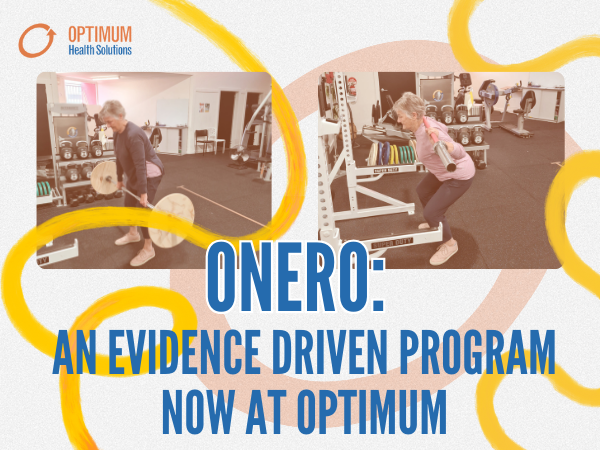“Shoulders back and down”. You’ve probably heard your EP say that phrase hundreds of times before. Well, there is a reason for this.
Let’s start with what we know. Posture is a leading cause of back pain, especially in professions that involve extended periods of sitting or standing such as that of an accountant. But did you know, good posture also improves breathing and lung function, circulation, nervous system function, increases balance and decreases risk of falls, reduces joint pain, improves strength and mobility, decreases strain on organs, reduces feelings of fatigue and headaches, and can actually improve mood. On top of this, in a gym environment good posture can provide a stable base of support so we can work towards reaching our health goals.
Poor Posture
So if good posture is so beneficial, why is it that poor posture is more common? To put it simply the body can be broken down into two broad categories of muscles: phasic, and postural muscles. Phasic muscles are the ‘movers’. They are responsible for strong, explosive movements such as lifting a box above your head or sprinting for your train to work. Postural muscles are the real heroes though, constantly working to keep us upright and living out our day-to-day life. Postural muscles often lie deeper within our body including muscles of the spine, abdominals, hip stabilisers, etc.
Poor posture is often a result of an imbalance between these muscles. For example, if our chest muscles are overactive and tight (often a result of slouching in ‘desk jobs’) and the muscles in the thoracic region of our back are weak this can lead to a kyphotic (“hunchback”) or forward head tilt posture, otherwise known as Upper Cross Syndrome. Ideally during sitting or standing positions postural muscles are not actively contracting, but rather in a constant state of balance. However, the majority of the general population do not have perfect postural balance and as a result, active muscular contraction; i.e. “pull your shoulders back and down”, “stop slouching”, “tighten your core”, “straight back”; is required.
How do we fix it?
So how do we fix it? Much like the body this can be broken down into two broad categories: stretching and strengthening.
Stretching is employed by pin pointing overactive muscles and lengthening them through the use of stretches, e.g. a chest stretch. Strengthening, on the other hand, involves resistance training and core stability exercises to activate weak muscles and improve neuromuscular control with the intent of eventually being able to subconsciously keep these muscles active in order to maintain upright posture and natural curvature of the spine.
You may not know, but chances are your EP has probably been strengthening these muscles since your very first exercise session. Remember those Theraband rows? How about those core activation exercises? Pelvic tilts? These are all aimed at improving your posture, and in turn your health. Make sure that you book in to see an Accredited Exercise Physiologist at one of our Optimum studios by calling us at (02) 8599 6275.








